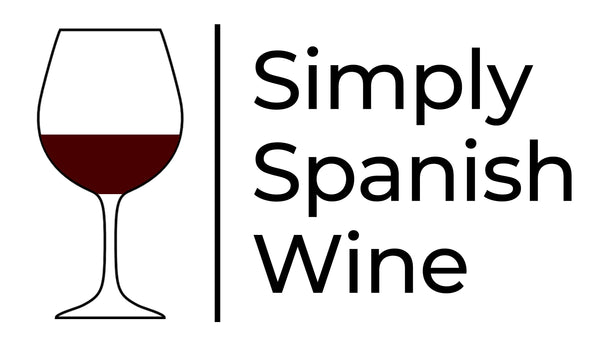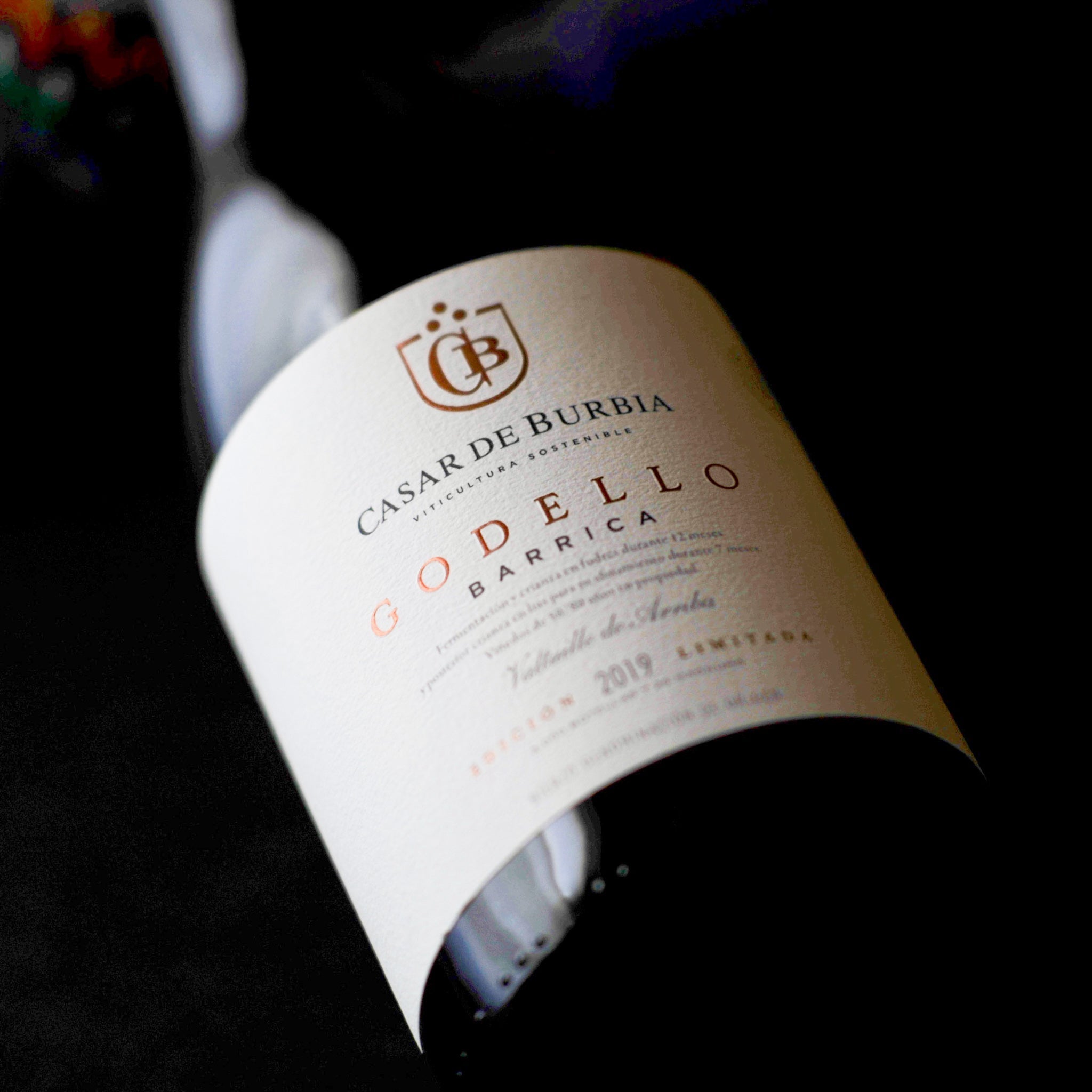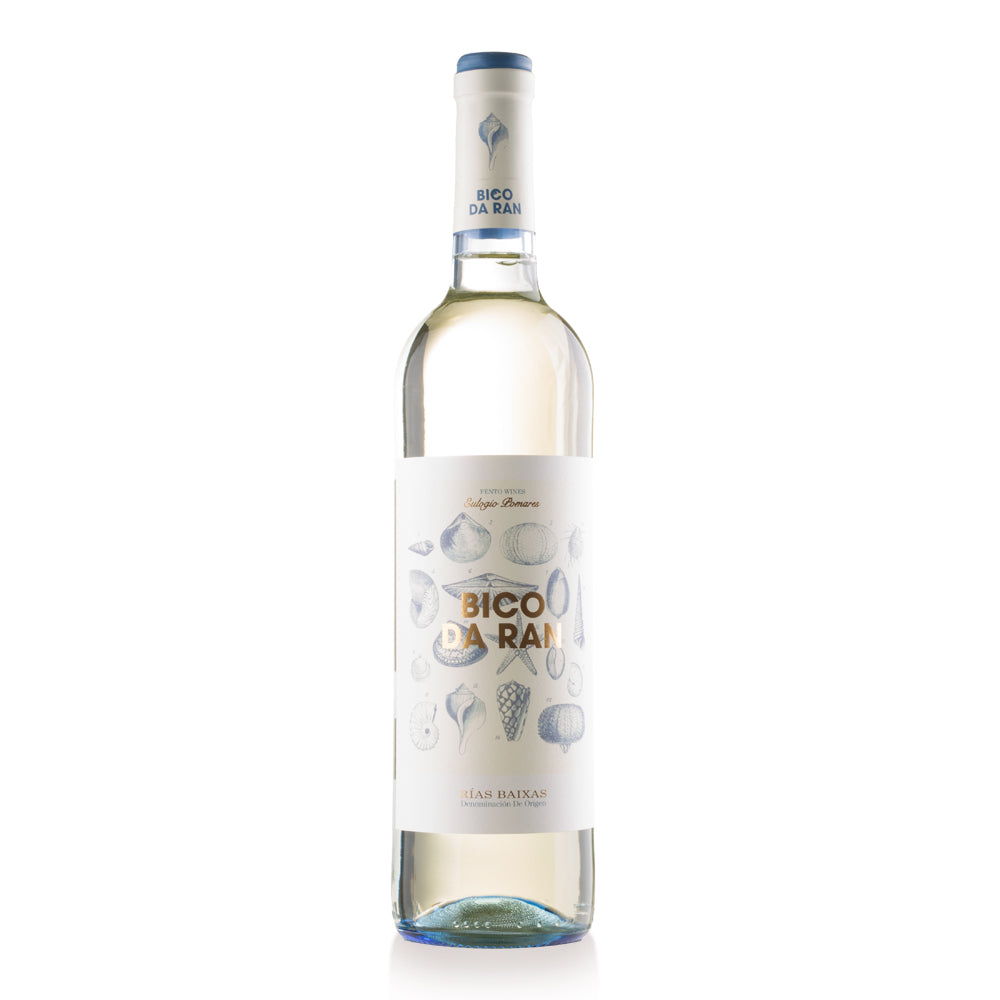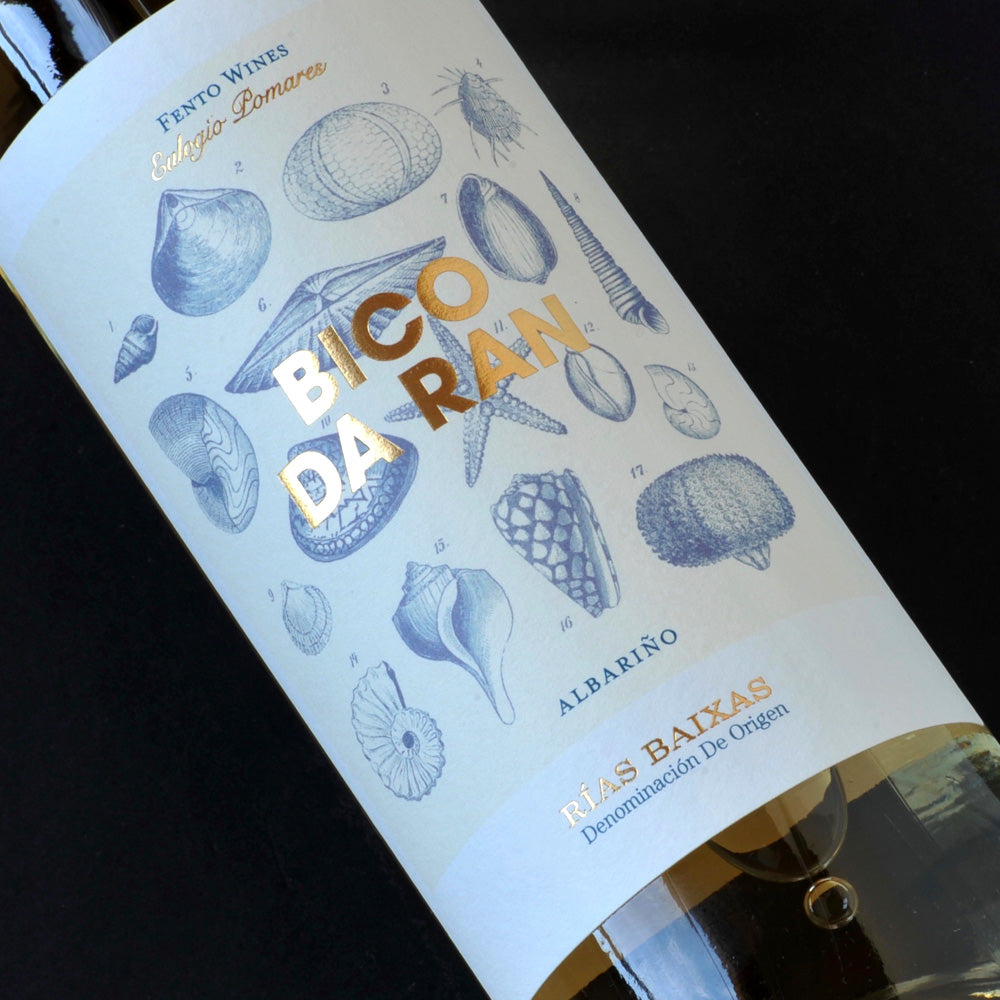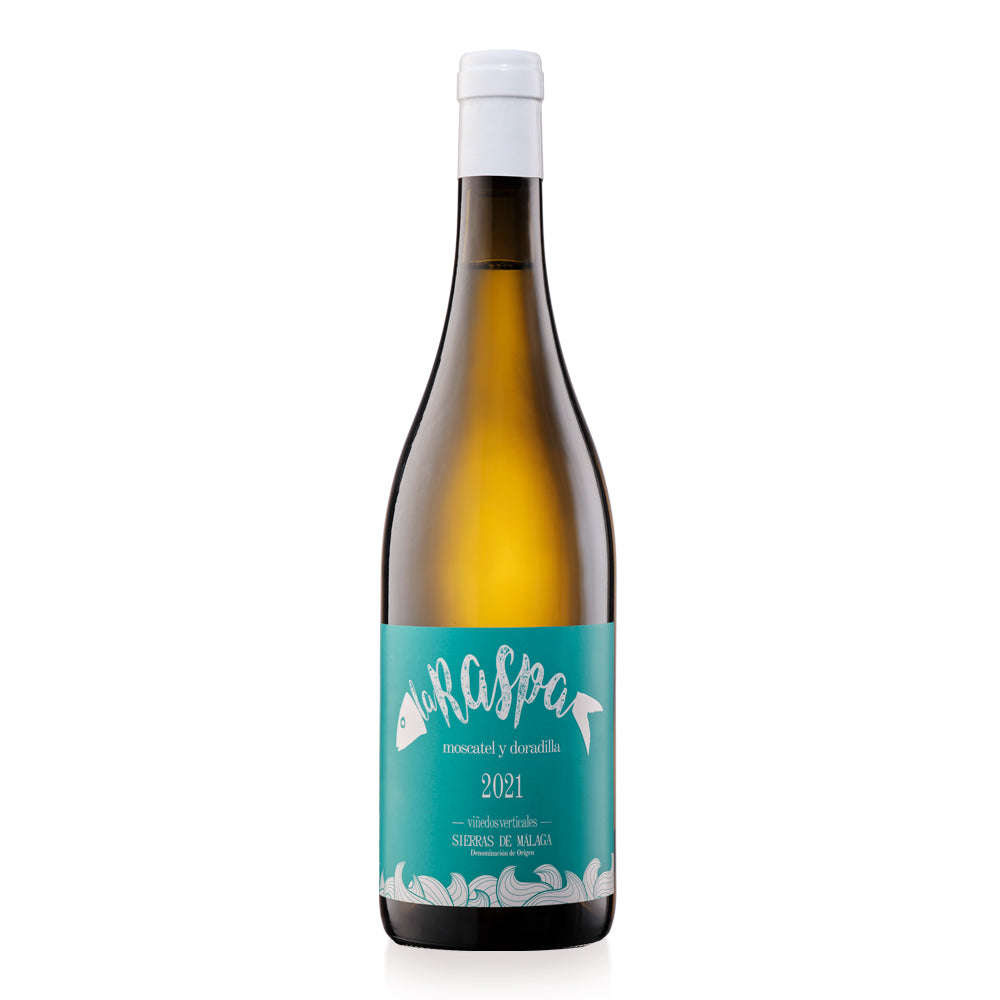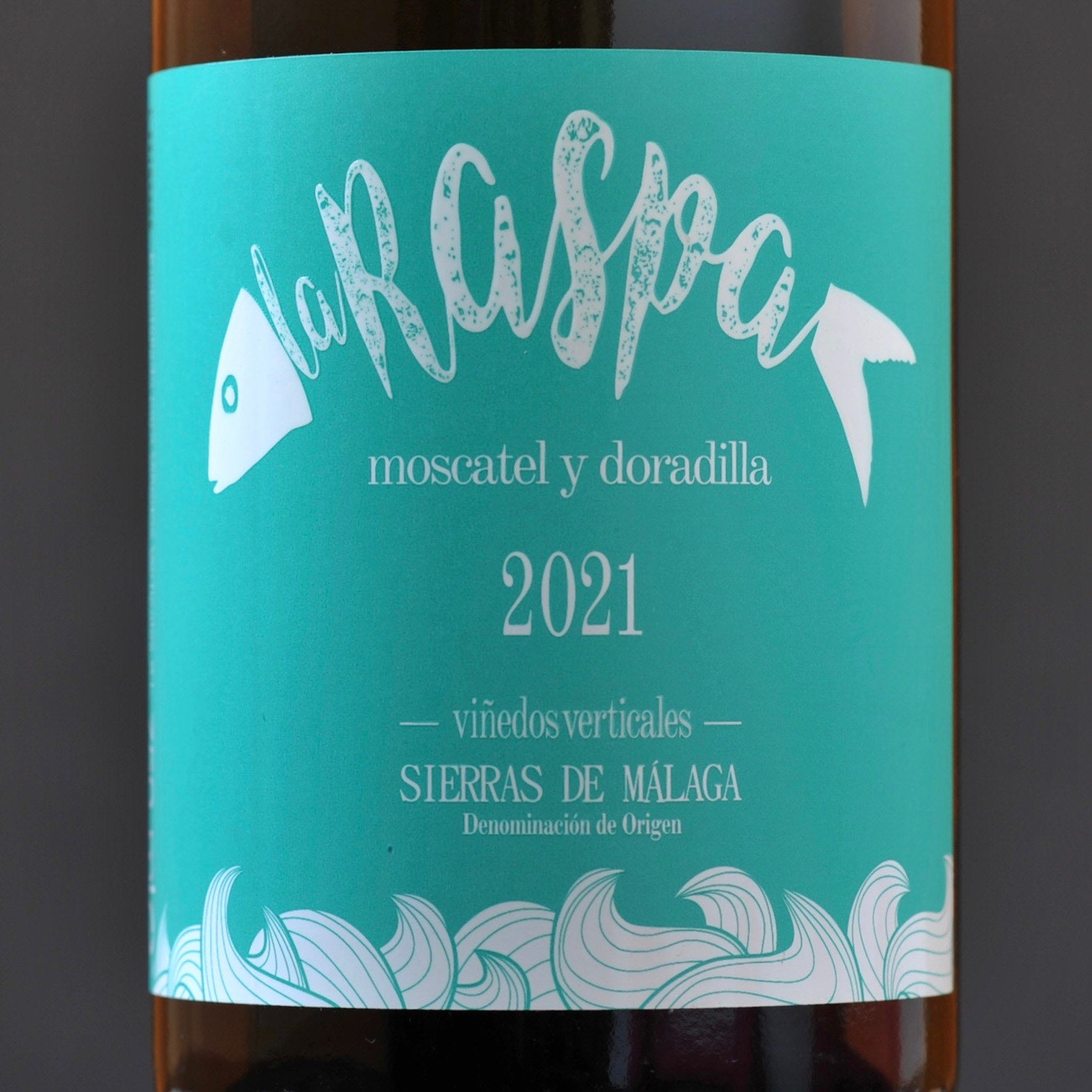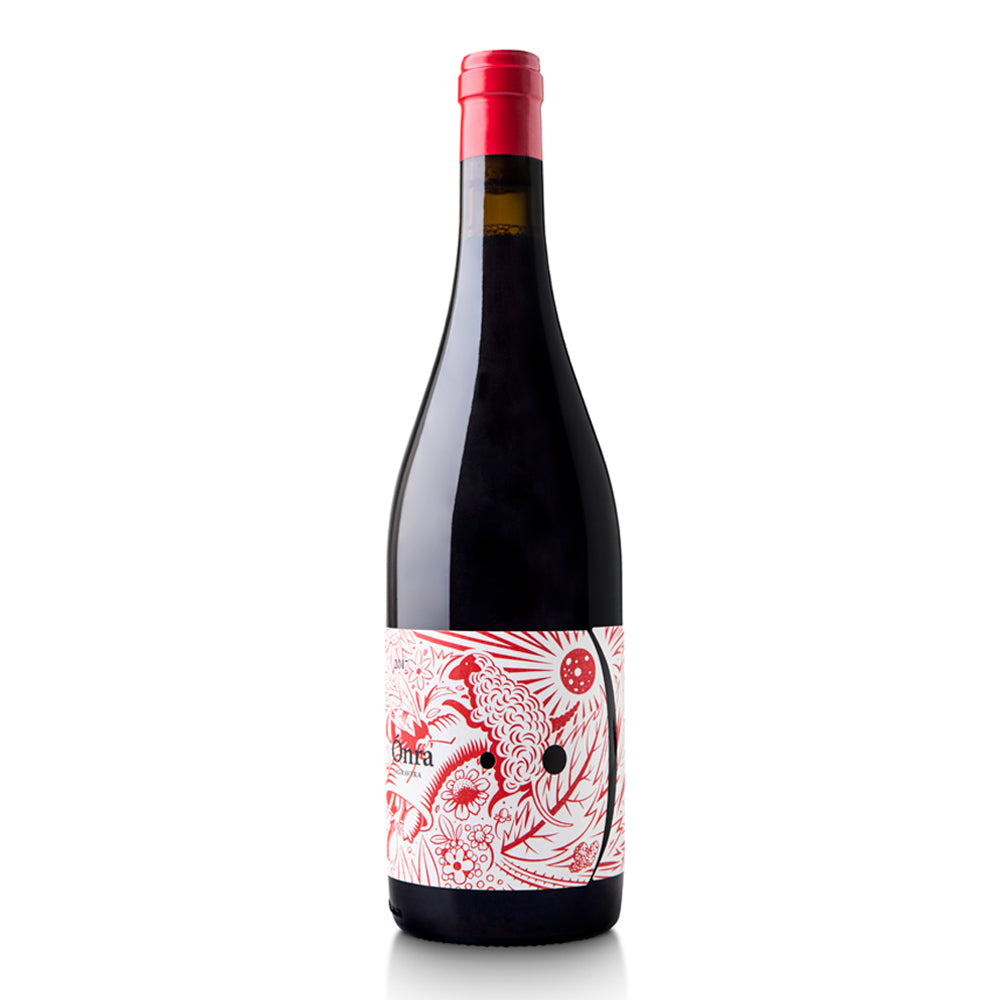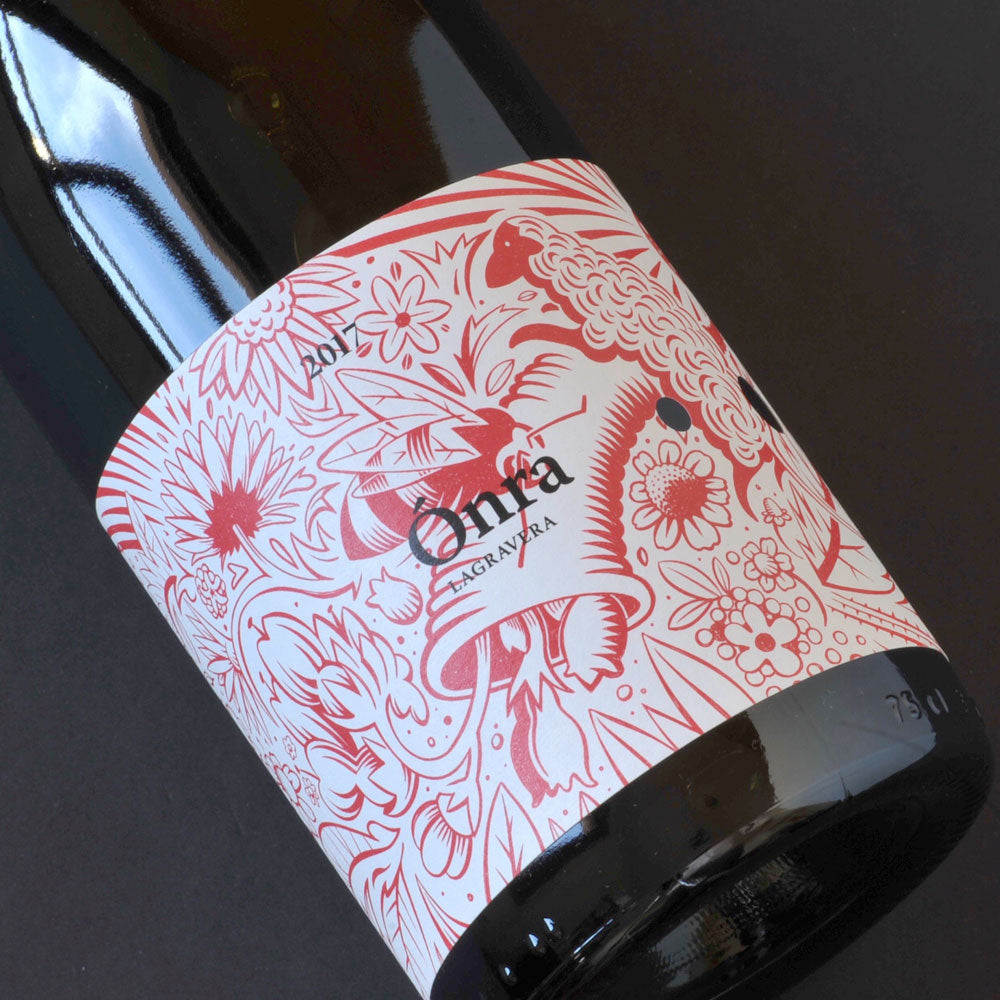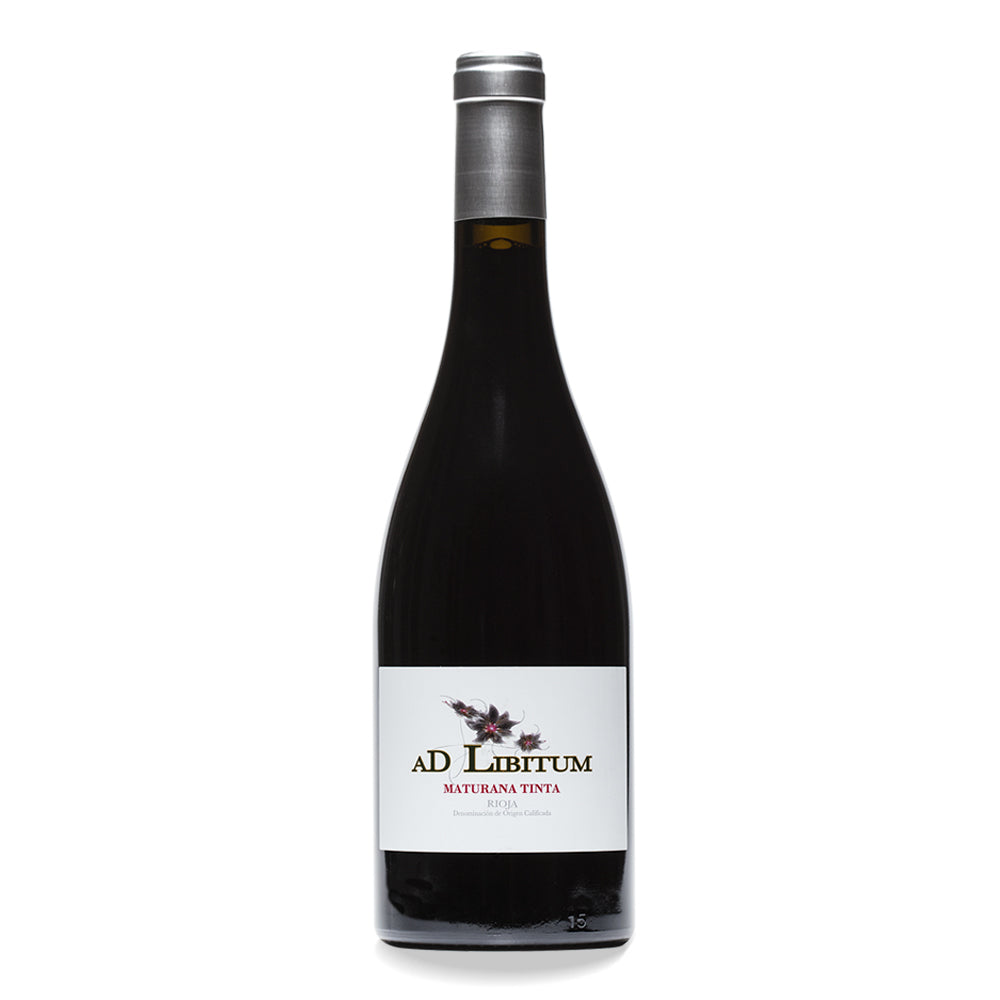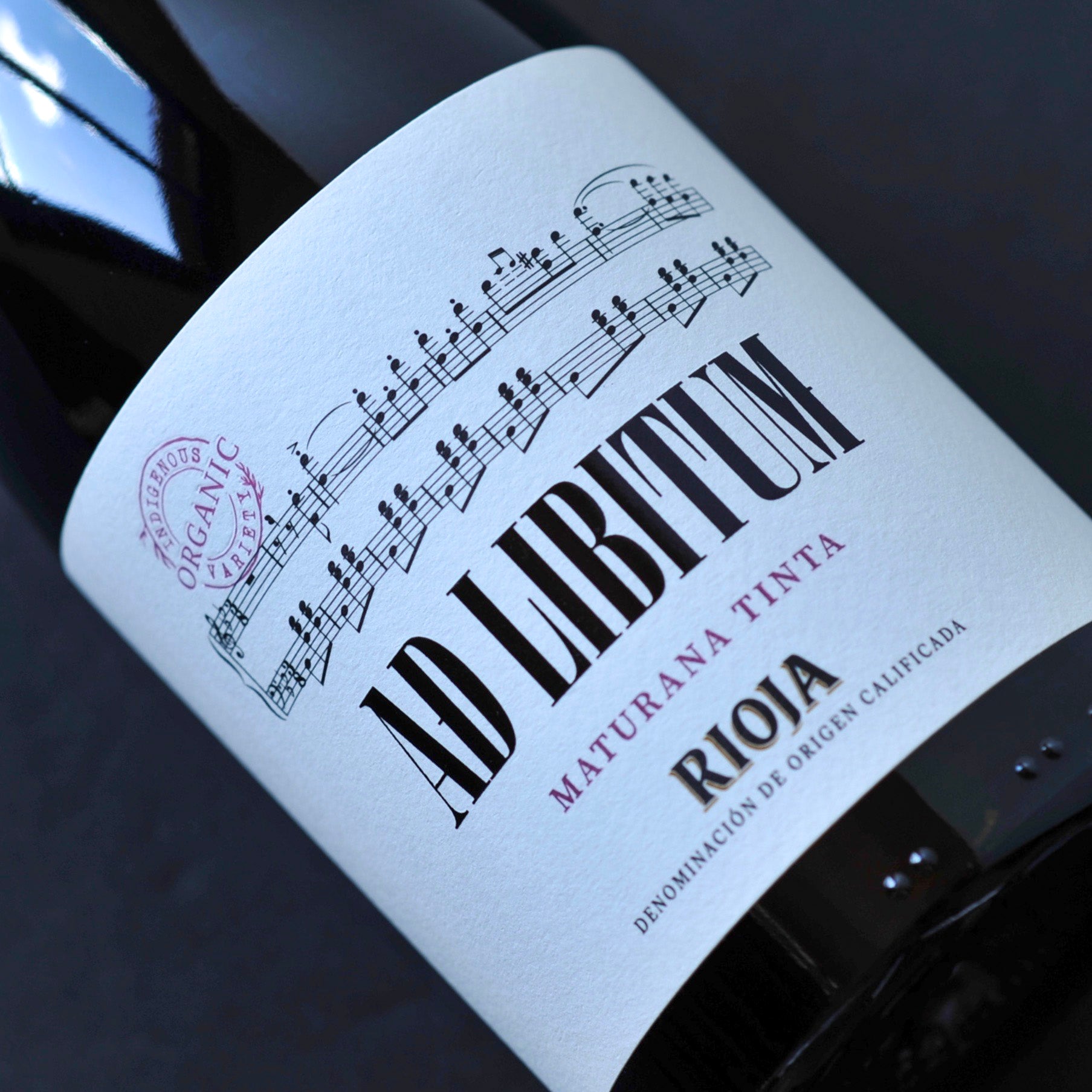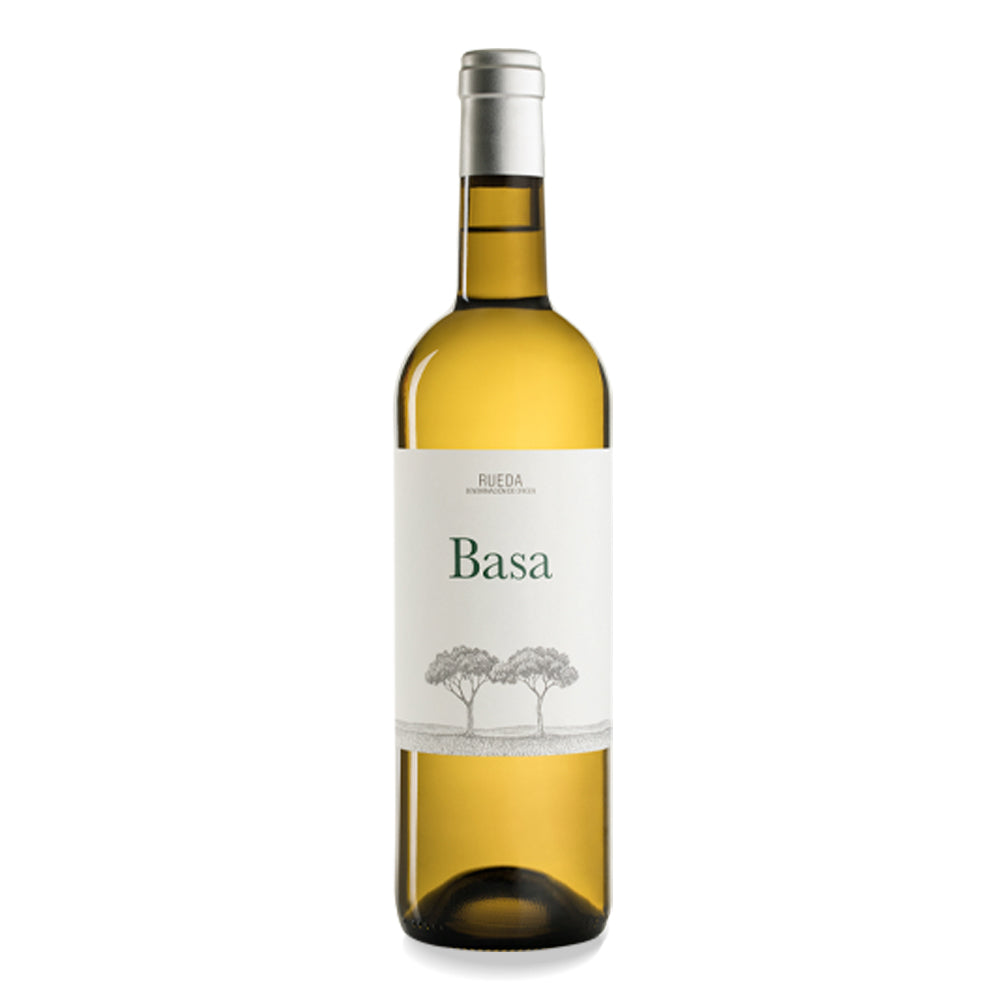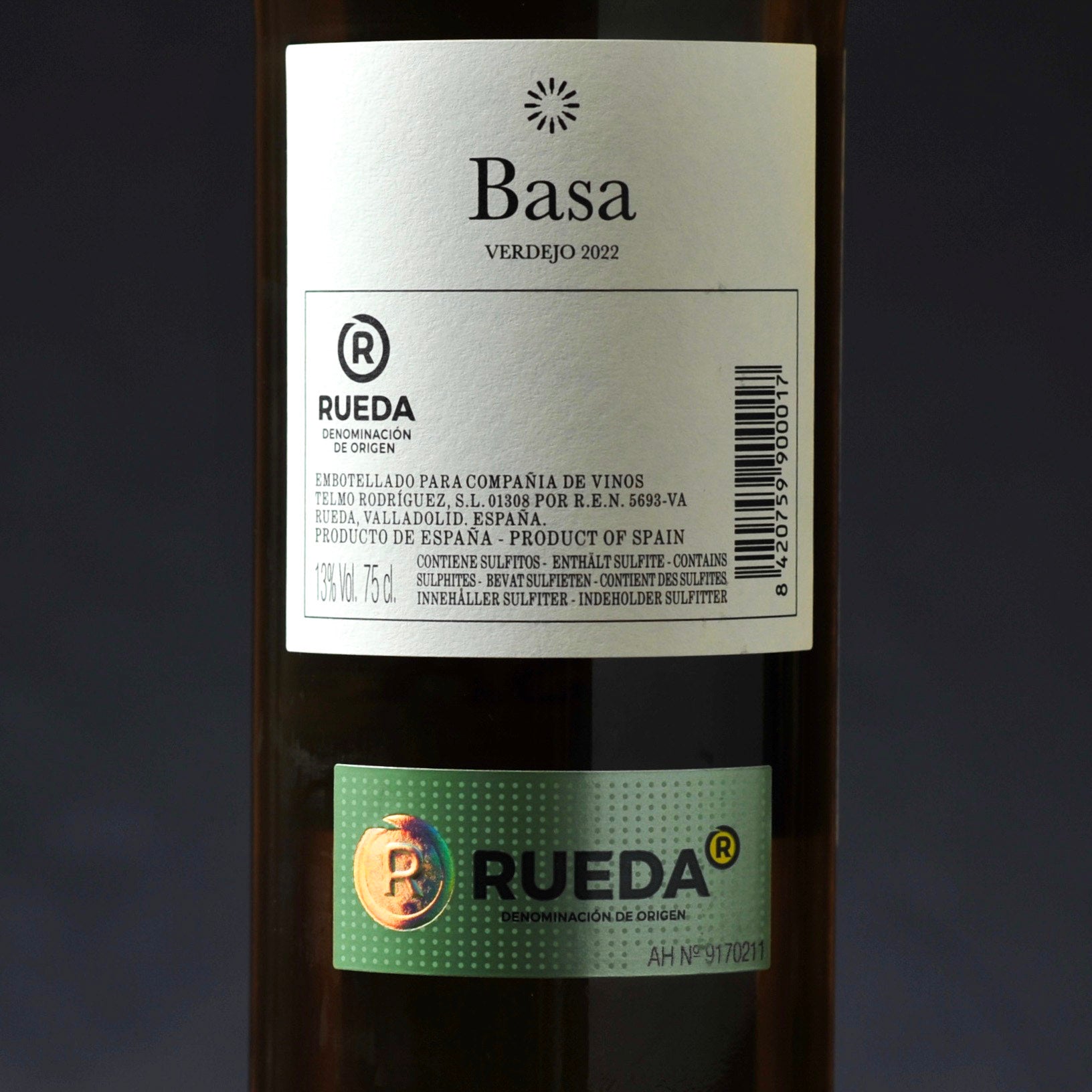Casar de Burbia Godello Barrica
Golden, barrel-fermented Godello with tropical fruit and minerality
Godello Barrica is a brilliant, pale gold colour. On the nose, it’s an inviting blend of tropical fruit aromas like peach, mango and a touch of citrus, all held together by a mineral thread thanks to the higher, stonier plots where the grapes were grown. There’s more tropical fruit on the palate, coupled with a delicious acidity that lingers in the mouth.
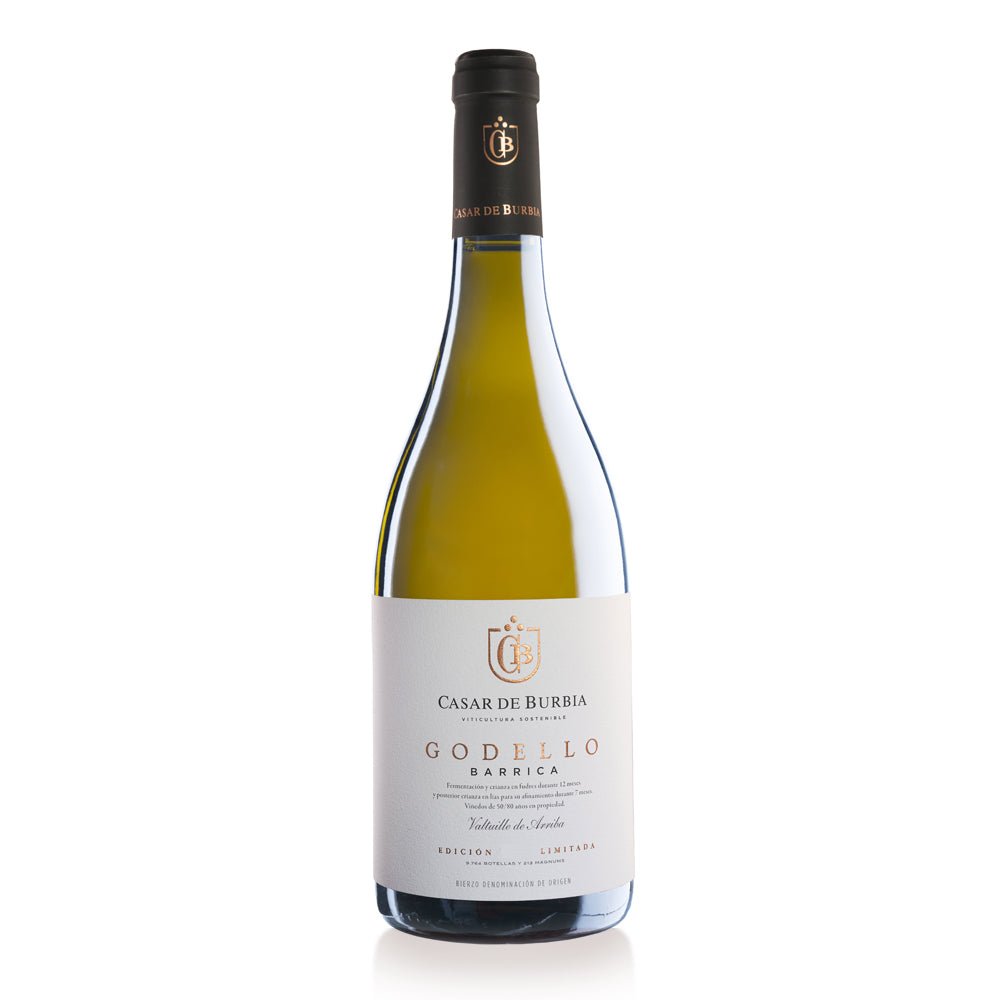
Casar de Burbia Godello Barrica
More about Casar de Burbia Godello Barrica
Technical Details
Food pairings
This wine will go well with:
Where it's made

Bierzo is located in northwest Castilla y León. Sitting in a valley surrounded by mountains, it enjoys a climate halfway between the Atlantic north and the warmer, drier Spanish interior. It gets a good amount of rain and a broad range of temperatures and orientations between the vineyards on the valley floor and the higher altitude plots.
Down on the valley floor, the soil is wetter and has more clay content which tends to produce more generous wines with a bigger mouth feel. Higher up, the soil is better drained and has more stone and slate content which gives more refined wines with more mineral characteristics.
All in all, winemakers in Bierzo have an excellent variety of terruño to work with to produce wines with real character that reflect the very specific environments in which their grapes grow. So it’s not surprising that the region has attracted big names of Spanish wine like Raúl Pérez and the Palacios family, as well as our very own Casar de Burbia.
About the grapes
Casar de Burbia's Godello Barrica (barrel fermented Godello) is a single vineyard wine made from Godello grapes grown in the 5.5-hectare Valdepiñeiro plot above the village of Valtuille de Arriba at 600 metres above sea level.
Godello tends to produce wines with good acidity, plenty of body and slightly higher levels of alcohol than other whites. Marked fruit flavours are a characteristic – often a mixture of citrus and green apple together with sweeter, more tropical fruits like peach – and if it’s grown on more slate or granite-based soils expect more minerality in the wine. All factors that can make good Godello more complex and structured than normal whites.
Usually, Godello is fermented in stainless steel tanks to avoid messing with that fruit and mineral combination. But you can sometimes find it aged in wooden vats or barrels, as in the case of Casar de Burbia Godello Barrica, which can lend the wine a lovely, toasted flavour, similar to an oak-aged Chardonnay.
Who makes it

Casar de Burbia is a family-run winery in the heart of Bierzo in northwest Spain. When Nemesio Fernández began to buy vineyard plots planted with old vines at the end of the 1980s, he was going against the tide. At the time, growers were gradually abandoning the uplands around the village of Valtuille de Arriba in favour of higher-yielding plots lower down on the valley floor.
Looking back now, Nemesio's son Isidro praises his father's vision for securing these harder to cultivate, less fertile plots and saving the historic, high altitude Mencía vines, many of which were planted as long ago as 1900. Today, Casar de Burbia covers some 27 hectares split across no less than 52 individual plots.
Terroir is to the fore at Casar de Burbia – altitude, orientation, and the stony, ruddy soil all help add complexity and character to Isidro’s wines. Respect for the land and winemaking traditions is a key part of his philosophy and the tight focus on sustainable viticulture means all wines are certified organic.
How it's made
Following a manual harvest and light press, the must remains in contact with the grape skins for a short period to add a little structure. It is then fermented in used 500 and 600-litre French oak barrels where it remains on its lees ageing for a further 12 months with regular batonnage, or lees stirring to avoid any reductive aromas developing. The wine then spends a further 7 months on its lees in stainless steel tanks where it slowly stabilizes before bottling.
